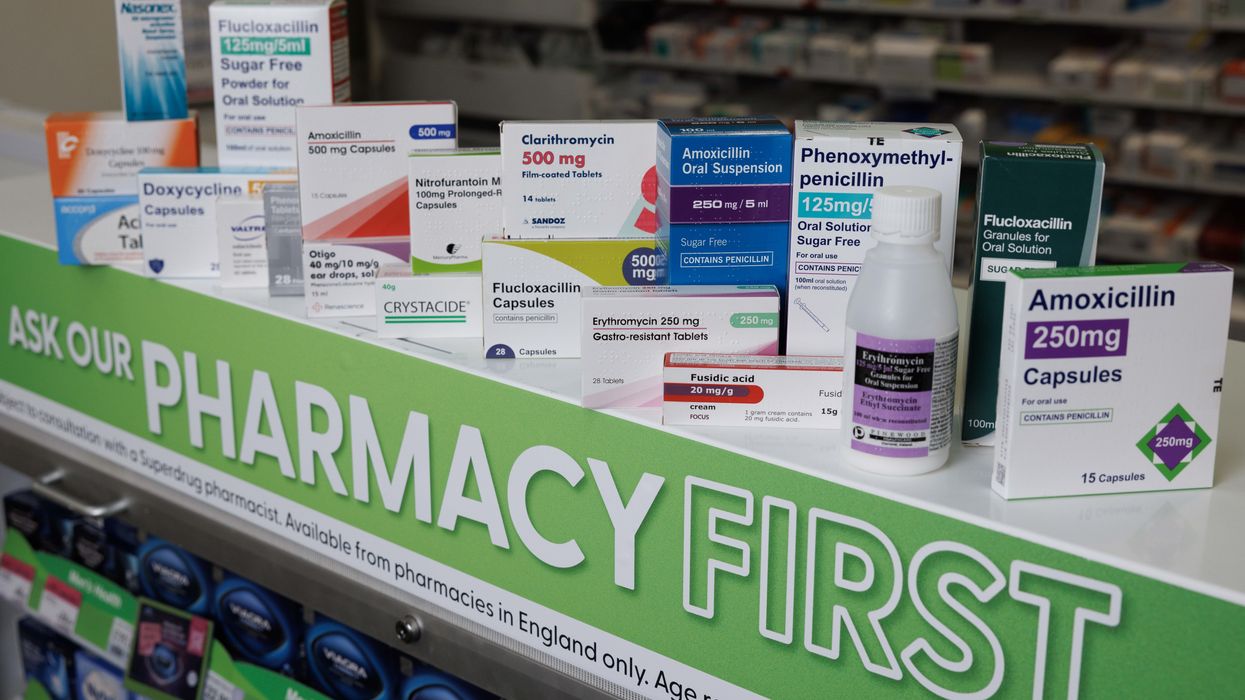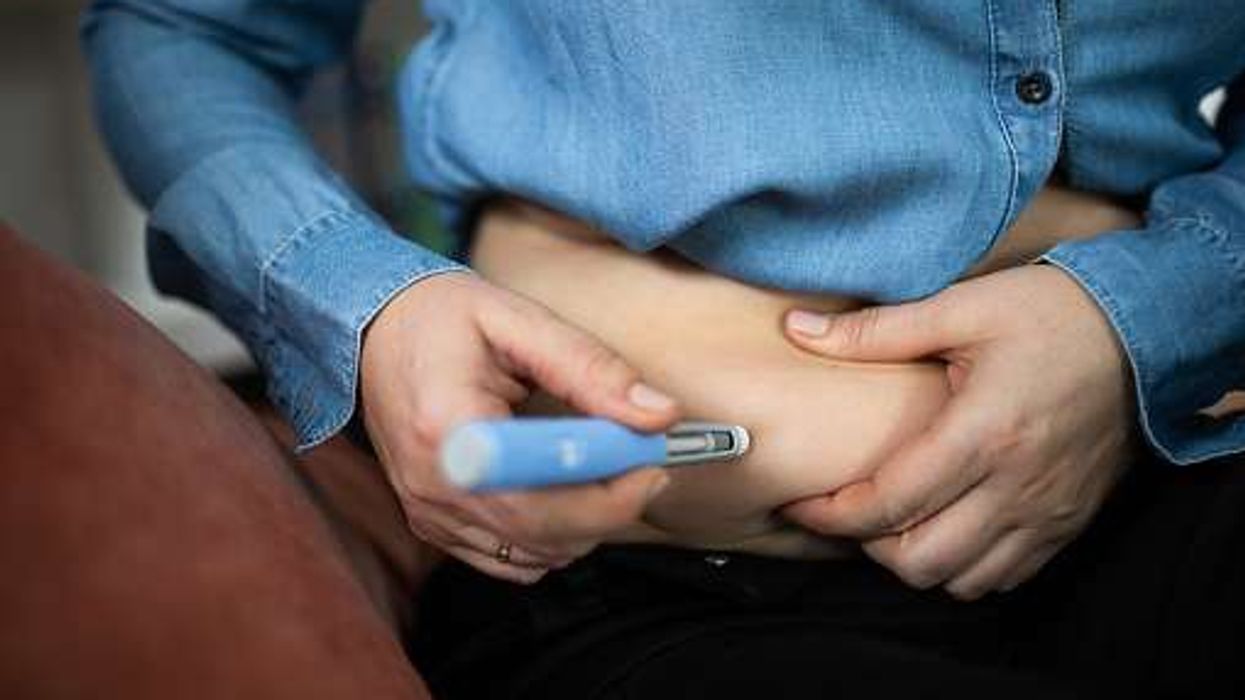Emily Richardson shares her ideas on how pharmacy teams can support patients suffering by joint pain due to either working from home or in an office based environment…
During the coronavirus pandemic many people found themselves working from home, and this has continued to some extent in many businesses. A change in working environment can bring challenges, one of which can be joint pain and discomfort.
Imagine you have gone from a busy office environment, meeting in boardrooms and visiting the canteen for a coffee, to working at home on your dining room table, walking several feet to get a cup of tea and sitting back down again, this change in surroundings can have an impact on your joints.
Community pharmacists can be a source of knowledge to help individuals that may be suffering from joint complaints, this may be from the above scenario or just general aches and pains that come from an office based role.
Firstly, it’s important for us to know the effects of sitting down at a desk all day (not a scenario I’m sure many community pharmacists experience daily):
Back pain – is one of the most common complaints. This can be caused by bad posture while sitting too high, too low, or hunched over. While this may present as just a soreness or discomfort, if not rectified and/or accessed this can lead to some serious health issues such as spinal compression, sciatica or spinal stenosis.
Muscle Atrophy – this is essentially muscle weakness that would occur in the glutes and legs from simply not using them. This will reduce stability and could cause injury when you get moving again.
Weight gain – this point comes as no surprise I’m sure. The less you move the slower your metabolism works, the more likely you are to gain weight. Gaining weight can then cause more strain on joints, you may be at higher risk of injury, not mentioning any negative mental health aspects which could then reduce desire to exercise/move later on down the line.
Stiff neck and stiff shoulders – staring at a computer screen all day in the same position is a little bit like being sat on an aeroplane for hours on end staring at the seat in front of you. Holding the same position causes muscles and tendons to become tensed leading to stiffness. In addition using a mouse or keyboard can cause strain the muscles in your shoulder causing muscle fatigue.
Hip stiffness or tightness – when sitting our hips flexors are at their ‘shortest position’. This decreases their flexibility if you are sat for an extensive period of time, and thus causes weakness. Hip flexors play an important role in connecting the lower back to the hips and groin. They help stabilise the lower spine which is essential for balance and flexibility in basic tasks such as walking.
There are ways community pharmacists can help advise patients on joint pain to make their working environment better and potentially reduce serious future health conditions. In regard to advice on back pain there has traditionally been advice to ‘sit the correct way’.
This involves:
- Keeping knees and hips at a right angle with feet flat on the ground
- Sit on a chair that pivots to avoiding twisting the waist
- Avoiding slouching forward, sit with shoulders and back straight
- Keep the chin parallel to floor
- Use a chair or support to help assist with lumbar support
Although there are definitely ‘better’ ways to sit, it makes logical sense that even if you sit the ‘correct’ way for long enough that would unduly become uncomfortable too and cause pain. Many experts are going a step further and saying the best seating positions are variable ones.
This involves finding positions that are comfortable for you and rotating them, this could be alternating between the sitting and standing position, changing chairs, moving screen position or adjusting lumbar support.
If someone has developed lower back pain there are exercises or asanas that can help stretch out the back such as ‘pelvic tilts’ and ‘knee rolls’, there are many explanations found of these online. Exercises such as reaching forward and touching the toes (which many of us are guilty of doing) should be avoided as they causes great strain on the lower back and hamstrings.
There are also exercises you can help advice patients on to stretch the hips, such as ‘standing leg raises’. It may be a conversation with the patient as to whether they can incorporate stretches and movements into their daily routine.
Helping to advise on muscle atrophy can be difficult. Ultimately if you have an office based job, its accepted to do your job you will be sat down for much of the time. Advice we can give is when you do take a break whether, do get up and move to a different area of the home or office.
It’s easy to fall into the habit of ‘eating on the go’ while working, but make effort to get away from the working space and walk elsewhere. This will get the muscles moving a circulation going.
Of course there are non-work based activities such as walking the dog, attending the gym etc will be help reduce muscle weakness. Weight gain advice is more likely to be tailored to the patient. The link between weight gain and joint pain is obvious, a person develops joint pain for sitting for long periods, they therefore are less active, as a result they may gain weight, then the joint pain gets worse.
It is about tailoring exercise to that person. On NHS Choices the advice given is we should be doing strengthening exercises twice a week and 150 minutes of moderate activity a week or 75 minutes of vigorous activity once a week. If a patient presents and is only managing to do 30 minutes of moderate activity a week due to joint pain and discomfort it could be difficult for them to immediately stretch to the current guidelines.
As pharmacists we can help advise patients to set achievable and realistic goals to reach exercise guidelines and help with joint pain, eventually helping them reduce any daunting pressures faced from internet advice.
(Emily Richardson is a Pilltime pharmacist.)











